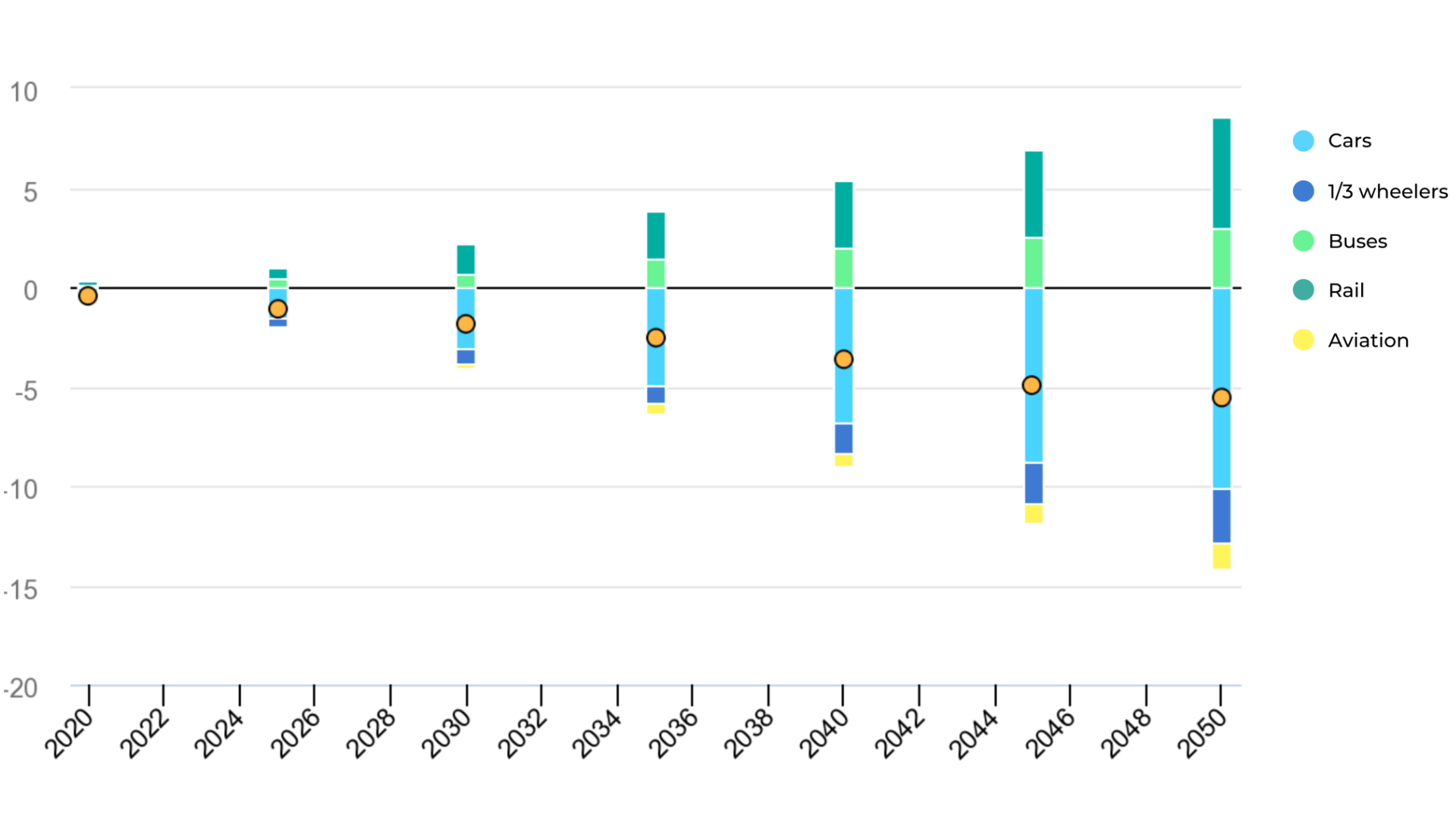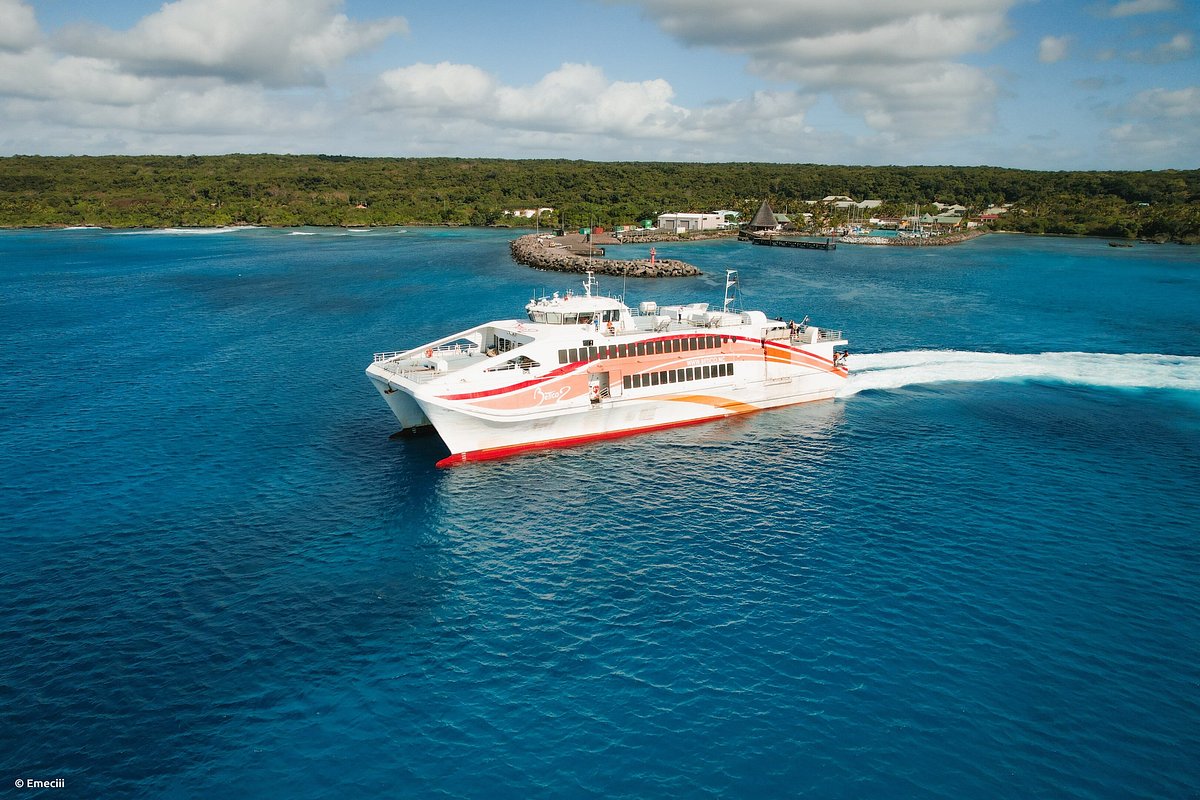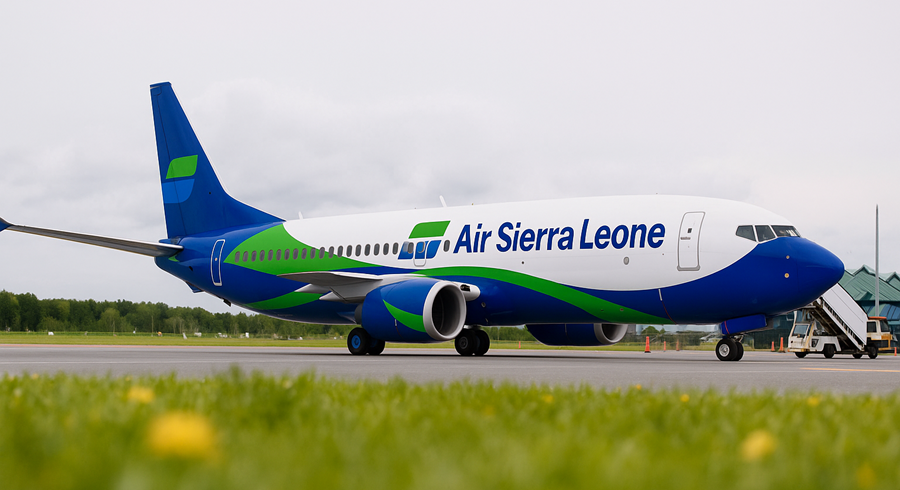Rail Industry Trends 2023-2030
The global rail industry is evolving with sustainability, innovation, safety, and customer experience. Explore trends shaping the future of rail travel.
The rail industry: a pillar of the global travel economy
The rail industry, an essential pillar of the travel global economy, is undergoing significant changes. With rail travel set to increase year on year, the sector needs to adapt and evolve to meet the demands of a modern world and the new expectations of passengers. Sustainability, digitization, enhanced safety, improved customer experience and strengthened global connections are major new trends for the rail industry.

Passenger rail activity to increase
Passenger rail activity will increase to 15 trillion passenger kilometres in 2050* (IEA, Change in passenger activity in the High Rail Scenario relative to a base scenario, 2020-2050, IEA, Paris)
Sustainable rail travel: reducing carbon footprint
In 2022, global rail industry emissions totaled nearly 1.1 billion tonnes of CO2. As environmental concerns intensify, the rail sector is stepping up its commitment to sustainability and is taking action to reduce its emissions. In 2023, already more than 10,000 electric trains are operating worldwide. Multiple stakeholders (railways, government, etc.) are investing in those emissions-free electric trains. A notable example is the European Investment Bank (EIB), which has already injected 39 billion euros in recent years into the development of railways. With the aim of reducing emissions by 50% by 2030, the sector is making great strides towards more sustainable rail transport.
Digital advancements: optimizing operations and passenger experience
Digitalization is currently reshaping the rail industry, providing opportunities for data-driven enhancements all over the industry. For example, AI-powered cameras are now capable of monitoring track conditions and promptly notifying operators of any anomalies, effectively averting potential derailments and bolstering security measures. This digital transformation isn’t limited to safety enhancements alone; it extends to passenger experiences as well. By analyzing data on passenger behavior, algorithms can predict passenger demand and optimize train schedules. Operators like TGV Lyria, who partnered with Moment, are already investing in smarter onboard services. With substantial investments directed toward digitalization, the rail sector is forging a technology-driven future.
As connectivity becomes a defining feature of modern rail travel, Wi-Fi is emerging as a key differentiator in passenger experience and operational efficiency. Explore how Wi-Fi is transforming the rail industry in this article.
Safety first: emphasizing risk mitigation
Although, according to Transport Focus’ transport user panel, 88% of respondents said they only occasionally or never felt unsafe when traveling by train, 1,100 train accidents, resulting in 2,000 fatalities, were recorded in 2022. Enhancing safety remains a top priority for the future of rail industry. Railways are investing in cutting-edge safety technologies, including automatic train protection systems that proactively prevent dangers. Furthermore, training programs are cultivating a safety-conscious culture among staff, ensuring a more secure and reliable rail network for the following years.

Elevated customer experience: enhancing passenger comfort
Focusing on passenger satisfaction, and keen to maintain their position in an increasingly competitive market, rail companies are investing in new on-board equipment. Several rail operators like TGV INOUI, Renfe, DB, etc.) have introduced free WiFi access and an onboard entertainment platform. Solutions like Mood are designed to meet this demand, offering a personalized entertainment experience tailored to rail passengers’ needs. By allowing passengers to stream and stay connected, operators create a delightful and engaging experience. The global rail industry is striving to improve customer service by providing more information and personalized options, to ensure a pleasant and convenient journey for all passengers.
Global collaboration: strengthening rail connections
In 2023, rail sectors across the world are joining hands to forge stronger connections and boost global collaboration. The global market for Rail Transportation estimated at US$281.2 Billion in the year 2022, is projected to reach a revised size of US$436.35 billion by 2030. Partnerships and funding initiatives, like those by the European Union, are enhancing train services within regions. The industry is working towards unified standards and technologies, promoting seamless international travel.
The future of rail: sustainability, digitalization, and safety
From now to 2030, the rail travel is characterized by a conscious commitment to sustainability, advancements in digitalization, and a focus on safety and customer experience. As nations cooperate and invest to create a more connected world, the rail sector stands at the forefront of innovation and progress. With these new trends shaping its future, the global rail industry remains on track to thrive and create a memorable travel experience for millions of passengers worldwide.
We aim to support rail operators in digitizing their services in line with industry trends.

Discover our latest news
Ready to redefine your journey with innovative solutions?
Start powering your digital journey with Moment.
















































